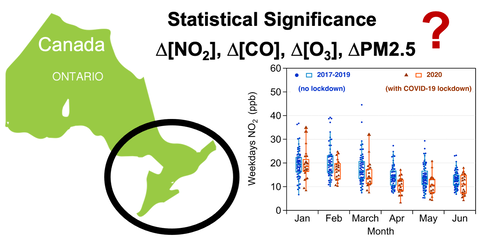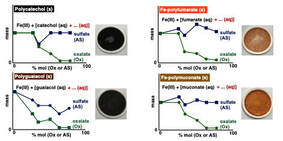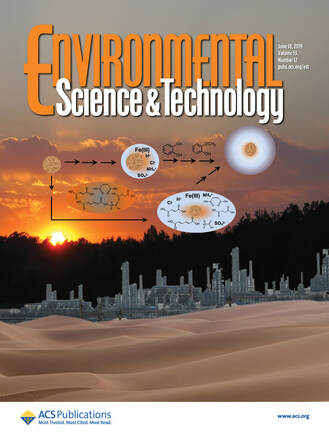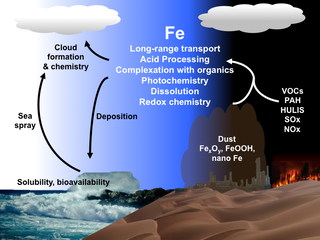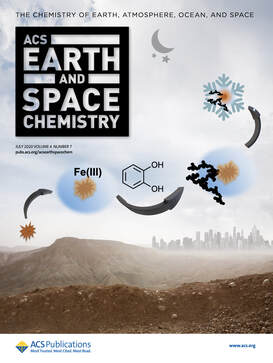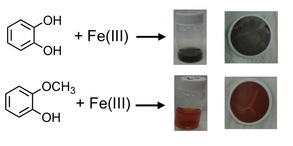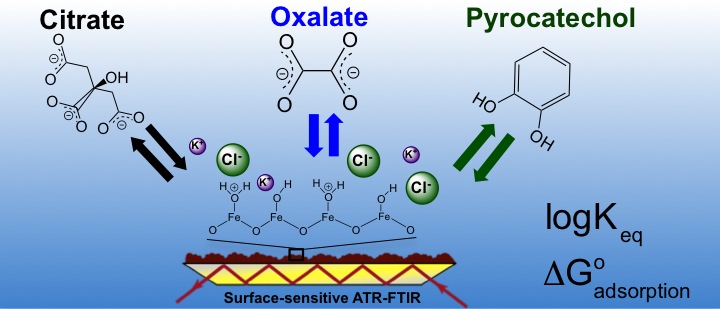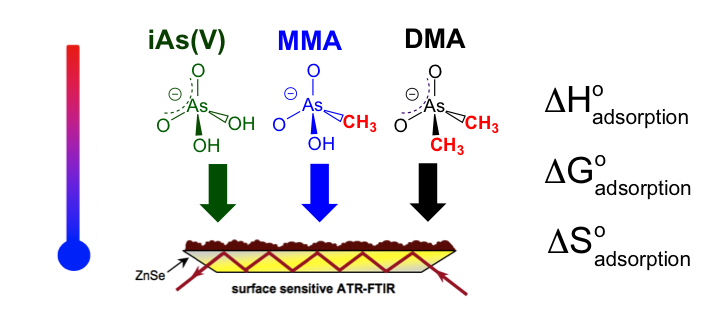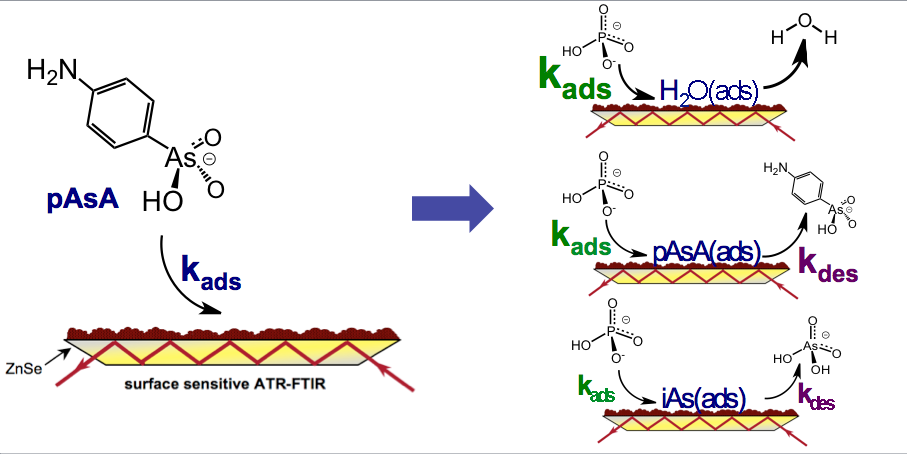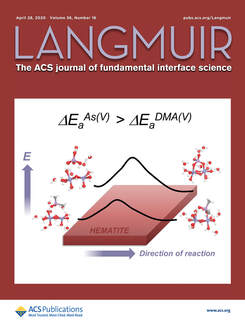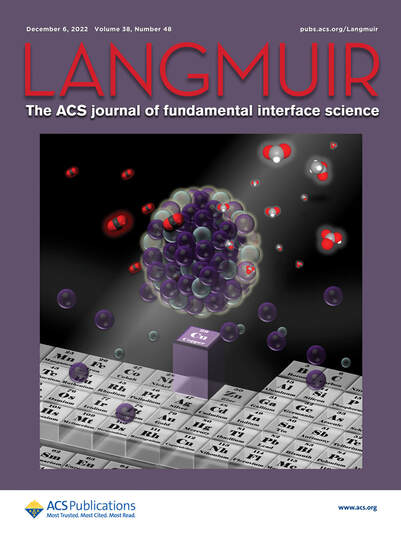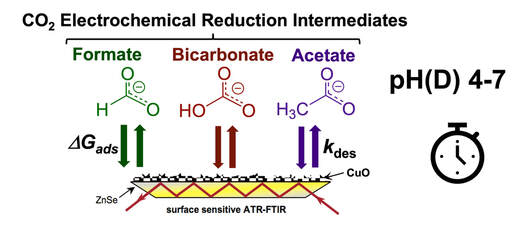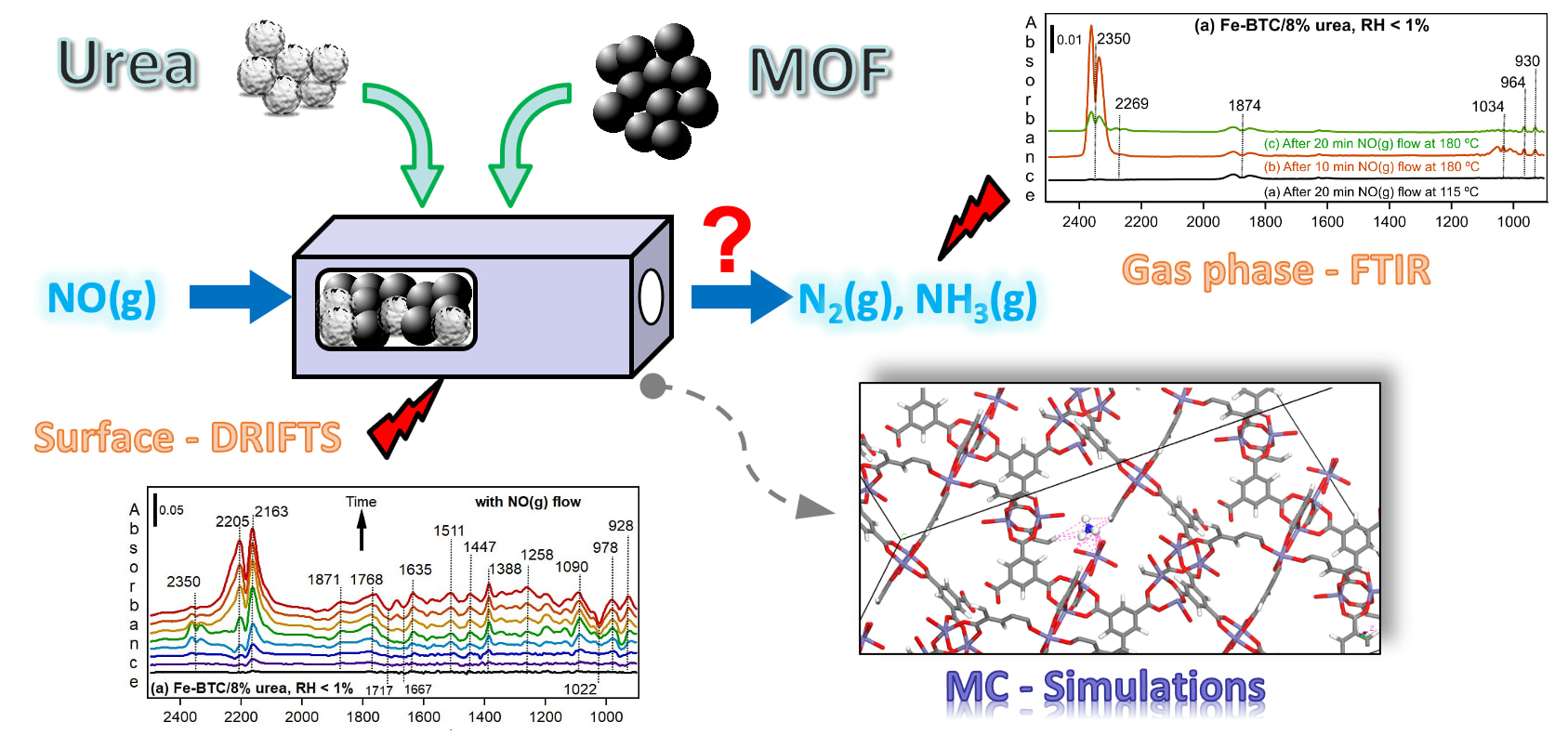Environmental processes occur in the three phases of matter (gas, liquid and solid) and also at the interface between different phases of matter present in natural systems. My research in environmental physical chemistry tackles important and unresolved scientific problems in air quality, atmospheric aerosol chemistry, geochemistry, and environmental remediation. We utilize state-of-the-art equipment, computational and mathematical tools to study processes in the bulk and at the gas/solid and liquid/solid interfaces. Below is brief description of the ongoing research programs in my lab at Laurier:
1- Air quality:
Our program in air quality (AQ) have recently started with funding by NSERC and CFI special programs for COVID-19-related research. This program is a unique academia-industry-government partnership near schools in the City of Kitchener that will have high societal impact. Read here for details and news coverage. We also analyzed the 11-year trend in air pollutant levels in Southern Ontario till 2020 to estimate the reduction in their levels due to Clean Air Acts and COVID-19 lockdowns. Read our paper and news coverage on the results.
1- Air quality:
Our program in air quality (AQ) have recently started with funding by NSERC and CFI special programs for COVID-19-related research. This program is a unique academia-industry-government partnership near schools in the City of Kitchener that will have high societal impact. Read here for details and news coverage. We also analyzed the 11-year trend in air pollutant levels in Southern Ontario till 2020 to estimate the reduction in their levels due to Clean Air Acts and COVID-19 lockdowns. Read our paper and news coverage on the results.
2- Atmospheric aerosol chemistry:
The lower atmosphere, known as the troposphere, comprises a large concentration of minute airborne particles known as aerosols. Aerosols in the troposphere have complex chemical composition and they impact our lives in a number of ways. Reduced visibility seen on hazy days and respiratory health problems are just two examples of aerosols impact on a regional scale. On a global scale, aerosols contribute to climate change as they influence the amount of sunlight reaching the Earth’s surface, alter properties of clouds, and provide media for chemical reactions in the atmosphere. Computer simulations of the climate give us the capability of quantifying the magnitude of aerosols contribution to climate change. Yet aerosols representation in these simulations is still inadequate mainly because aerosols are complicated in nature and their reactivity and properties change with time while suspended in air. Thus, it is imperative to address scientific questions related to aerosols through experimental studies to better our understanding of the aerosols impact on our climate system. Below are links to our most recent publications in atmospheric chemistry:
The lower atmosphere, known as the troposphere, comprises a large concentration of minute airborne particles known as aerosols. Aerosols in the troposphere have complex chemical composition and they impact our lives in a number of ways. Reduced visibility seen on hazy days and respiratory health problems are just two examples of aerosols impact on a regional scale. On a global scale, aerosols contribute to climate change as they influence the amount of sunlight reaching the Earth’s surface, alter properties of clouds, and provide media for chemical reactions in the atmosphere. Computer simulations of the climate give us the capability of quantifying the magnitude of aerosols contribution to climate change. Yet aerosols representation in these simulations is still inadequate mainly because aerosols are complicated in nature and their reactivity and properties change with time while suspended in air. Thus, it is imperative to address scientific questions related to aerosols through experimental studies to better our understanding of the aerosols impact on our climate system. Below are links to our most recent publications in atmospheric chemistry:
3- Geochemistry of arsenic, phosphorus and soil organics:
Arsenic and its compounds are listed on the pollutant priority lists of the Canadian Environmental Protection Act (CEPA) and the U.S. EPA. These compounds are stable in geochemical environments and identified to pose adverse health effects to humans, including cancer. The current Canadian interim maximum acceptable limit of total arsenic in drinking water is 25 micrograms per liter (parts per billion), while that of the U.S. EPA is 10 ppb. Arsenic in the environment exists in two forms: inorganic and organic. Contamination of water bodies (rivers, steams, groundwater) with inorganic arsenic originates from the weathering of arsenic-containing ores and minerals and results in releasing arsenic into water. Other sources also include tailings of abandoned and recent gold mining operations, and wood preservative facilities. Inorganic arsenic compounds are known for their high toxicity, and water contamination with this form of arsenic is widespread in different parts around the world and in north America including Canada’s east coast and northwestern territories. In addition, the organic form of arsenic is found in the environment as a result of microbial activity and also introduced to the environment through their historical use as herbicides and through the disposal and land application of contaminated poultry litter as some organic arsenic compounds are used as feed additives in the poultry industry. Below are links to our most recent publications in arsenic geochemistry and how it is influenced by phosphorus and soil organics:
4- Environmental remediation using nanomaterials:
We had productive industry-academia collaboration with Imperial Oil and a government lab-academia collaboration with the Energy, Mining and Environment Research Centre at the National Research Council (NRC) of Canada in Ottawa. Imperial oil identifies “Enhancement in SCR of NOx and SOx technologies” as an area of research interest to meet environmental regulations. The design of our experiments accounted for industrial conditions for relevant assessment of new materials performance in NOx conversion. NRC is prioritizing projects on carbon capture and conversion using new materials. These projects are of national research significance given their environmental and economical impact. Our partnership with NRC utilized our expertise in surface chemistry to investigate the reactivity of electrocatalysts based on copper and its alloys to transform CO2 into useful fuels. Check out our papers on the surface chemistry of NOx with Fe- and Cu-MOFs and intermediates of CO2 electrochemical reduction with CuO nanoparticles.
We had productive industry-academia collaboration with Imperial Oil and a government lab-academia collaboration with the Energy, Mining and Environment Research Centre at the National Research Council (NRC) of Canada in Ottawa. Imperial oil identifies “Enhancement in SCR of NOx and SOx technologies” as an area of research interest to meet environmental regulations. The design of our experiments accounted for industrial conditions for relevant assessment of new materials performance in NOx conversion. NRC is prioritizing projects on carbon capture and conversion using new materials. These projects are of national research significance given their environmental and economical impact. Our partnership with NRC utilized our expertise in surface chemistry to investigate the reactivity of electrocatalysts based on copper and its alloys to transform CO2 into useful fuels. Check out our papers on the surface chemistry of NOx with Fe- and Cu-MOFs and intermediates of CO2 electrochemical reduction with CuO nanoparticles.
Checkout our complete list of publications, conference presentations and photogalleries
Our research is enabled by funding provided by:

